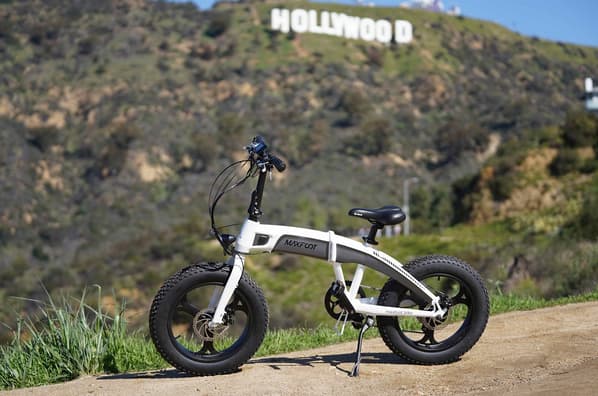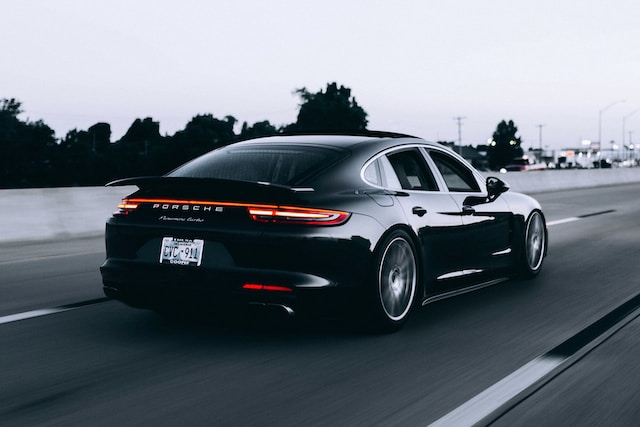Electric bikes still look like a gimmick on city streets: they go noticeably faster than conventional bikes, while the cyclist hardly ever pedals (and sometimes does not pedal at all!).
In short, each such bicycle has an electric motor, which gets its energy from the battery and drives the wheel. The battery is mounted on the rack, on the frame, or built into the frame – depending on the model of bike. There are front-wheel-drive and rear-wheel-drive models, and they are powered by a motor-wheel with a built-in motor. Another option is the carriage drive, which engages both wheels and is located near the pedals.
All electric bikes also have a controller – it controls the electronics and transmits the current between the components. Another important part is the on-board computer. On its screen you can monitor the battery charge, power consumption mode and speed.
In different ways. Throttle-mode electric bikes can ride without any human involvement – like mopeds, for example. The driver doesn’t pedal and just enjoys the road. Another option is models with assisted steering. They do not do everything for you, but only help to pedal: the motor is connected at startup, acceleration and in difficult areas, and you control its power. With these models, you have to pedal, but with much less effort than on mechanical bikes. So you can cover really long distances, climb steep hills, and not get tired, even without athletic training. Assist saves battery power and doesn’t take away from the pleasure and benefit of cycling.
How much can I ride on one battery charge?
It depends on its power. To plan a ride, you have to sit down and calculate – you have to divide the battery capacity (listed in watt-hours on the bike’s data sheet) by 12.5. The resulting number is the distance the bike will travel without recharging. But keep in mind that this formula is only suitable for throttle electric bikes, which ride without human intervention. If, on the other hand, the motor runs in spin assist mode, a single charge will also suffice for several long rides in a row.
What should you do if the bike runs out of power in the process?
Keep riding! After all, the electric bike doesn’t turn into a pumpkin when the battery runs out. You can continue riding, pedaling like you would on a regular bike. And models with regeneration capability can even recharge you a bit with your efforts.
And if it breaks down?
Then you can have it repaired by the manufacturer or supplier. All electric bikes are covered by a warranty – as are many other products. But its conditions are, of course, better known before you buy.
How often should the batteries be changed?
It depends on the battery. Lead-acid batteries are the cheapest, but they last only 500-600 charging. Lithium-ion batteries are more expensive and last for 1000 charge cycles. There are also lithium-phosphate batteries, but they cost many times more, so they are almost never used.
Motorized bicycles must be expensive, right?
These bikes are more expensive than regular bikes – because a battery and a motor cost money.



